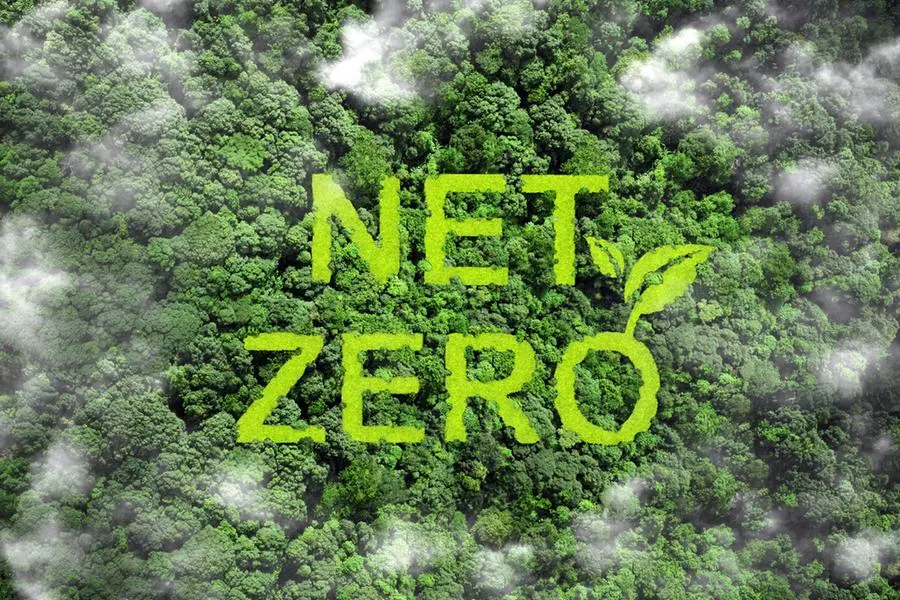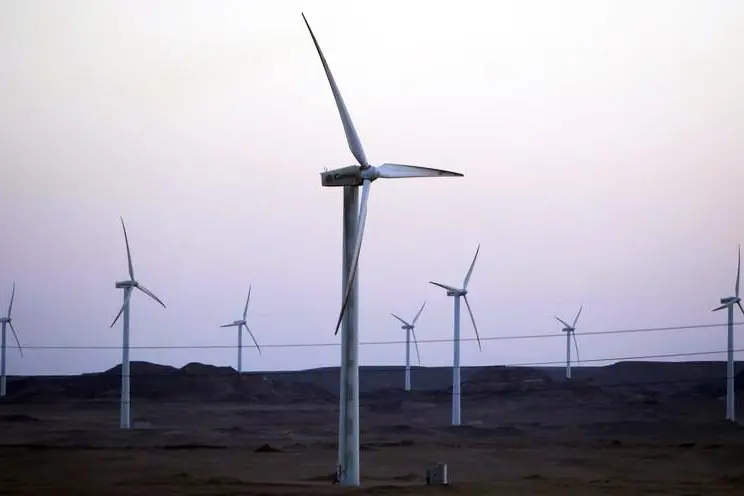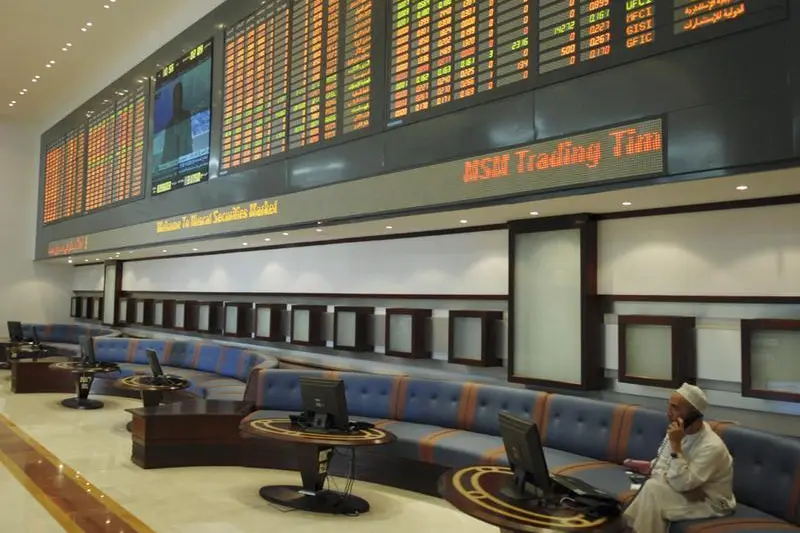“Be part of the solution, not pollution” read one of the banners of the 15,000 British students that walked out of schools in February to call on governments globally to declare a climate emergency.
They joined the #Fridays4Future protest that has involved students from more than nine countries as far apart as Australia, Germany, Thailand and Uganda.
Can finance meet this challenge to be part of the solution and not pollution? I believe it can.
The International Energy Agency estimates that $53 trillion is needed to achieve the Paris Agreement and keep global warming below 2 degrees. A separate analysis suggests that $5 trillion-$7 trillion is required to meet the United Nations Sustainable Development Goals by 2030 and while advanced economies are close to meeting these requirements, there is a funding gap of around $2.5 trillion in emerging and developing countries, with $1.3 trillion of that in Africa alone.
There are encouraging signs that private finance is responding. Already, one in four of every dollar invested globally takes into consideration some form of environmental, social or governance filter. This ’responsible’ kind of investment is growing at 12 per cent per annum in Europe, according to Global Sustainable Investment Alliance, far outstripping the 3 per cent annual growth of conventional investment.
We have also seen the development of new products like green bonds or green loans channelling capital into climate-related projects. From the very first climate bond just over 10 years ago, green bond issuances reached a record $167 billion in 2018, according to Climate Bond Initiative.
However, much more needs to be done. While we can point to some progress around ‘green’ finance issues on land, much less progress has been made on other climate related issues. Take the ocean. It absorbs 25 per cent of all CO2 emissions and it generates 50 per cent of the world’s oxygen. Yet the Ocean and coastal areas face a worrying set of environmental threats, whether from climate change, rising sea levels, or over-exploitation and pollution.
The global cost of rising sea levels is estimated to be $14 trillion per year by 2100, according to the UK National Oceanographic Centre, and many of the threats are concentrated in Asia, Africa and the Middle East.
China is likely to face costs running into the hundreds of billions of dollars while higher sea levels present an existential threat to small island nations in the Pacific and Indian oceans. For countries like Kuwait and the UAE, the threat could impact up to 24 per cent and 9 per cent of their GDP respectively.
Africa is also vulnerable, with at least 19 coastal cities with a population of more than 1 million at risk. Some coastal communities in Sub-Saharan Africa are already being washed away, with some locations losing up to 30 metres of land each year.
To combat these threats to the oceans and communities, we must learn from the success of green finance and capitalise on the growing awareness among the public and investors to catalyse ‘blue’ and other sustainable financing. I believe a collective effort is needed around three ‘Ps’ – partnerships, platforms and products.
Creating a sustainable blue economy requires collaboration across the public and private sector. Both sides have key roles to play in creating sustainable finance solutions. The public sector is best placed to ensure a good regulatory and business environment and to help tackle risks that are difficult to quantify or forecast; while the private sector can often bring additional financing capacity, technology and implementation expertise. Solutions such as blended finance – when public money is used to spur private investment into sustainable projects – can and must play an important role.
Private investors also prefer platforms to help channel financing in a scalable manner. Standalone projects can help deal with specific challenges but to turn millions of dollars of investment into billions, credible defined platforms become important.
A number of frameworks have successfully emerged in green financing – for example the Climate Bond Initiative or Green Bond and Loan Principles – and we are beginning to see the emergence of frameworks in other sustainable areas such as the European Commission’s Sustainable Blue Economy Finance Principles and the WWF’s Blue Finance Principles. The next step is to turn these into investable platforms, such as the World Bank’s scaling solar programme, whose aim is to create viable markets for solar power.
Lastly, investors require standardised, comparable, liquid products to be able to buy and sell, as they already do in green bonds. The first blue bond issue took place last year when The Republic of Seychelles, supported by the World Bank and Standard Chartered, raised $15 million from impact investors to finance the expansion and transition of its marine protected areas, improve governance of priority fisheries and develop its blue economy. It was a small issue, but its success has attracted widespread interest from international investors and regulators.
We are now working with a number of stakeholders to develop Blue Bond Principles to help further catalyse the blue bond market leveraging the work on green bonds by ICMA, Climate Bond Initiative and others.
The vision of all of us active in sustainable finance is to bring together both the private and public sector to replicate the successes we have seen in areas such as green bonds to help tackle other areas such as blue finance. The prize is a substantial one: filling the finance gap where it is needed most, while also providing sustainable returns to investors, so that finance can be part of the solution to put the world’s economy on a more sustainable footing.
Any opinions expressed here are the author’s own.
Our Standards: The Thomson Reuters Trust Principles
Disclaimer: This article is provided for informational purposes only. The content does not provide tax, legal or investment advice or opinion regarding the suitability, value or profitability of any particular security, portfolio or investment strategy. Read our full disclaimer policy here.
© Opinion 2019





















